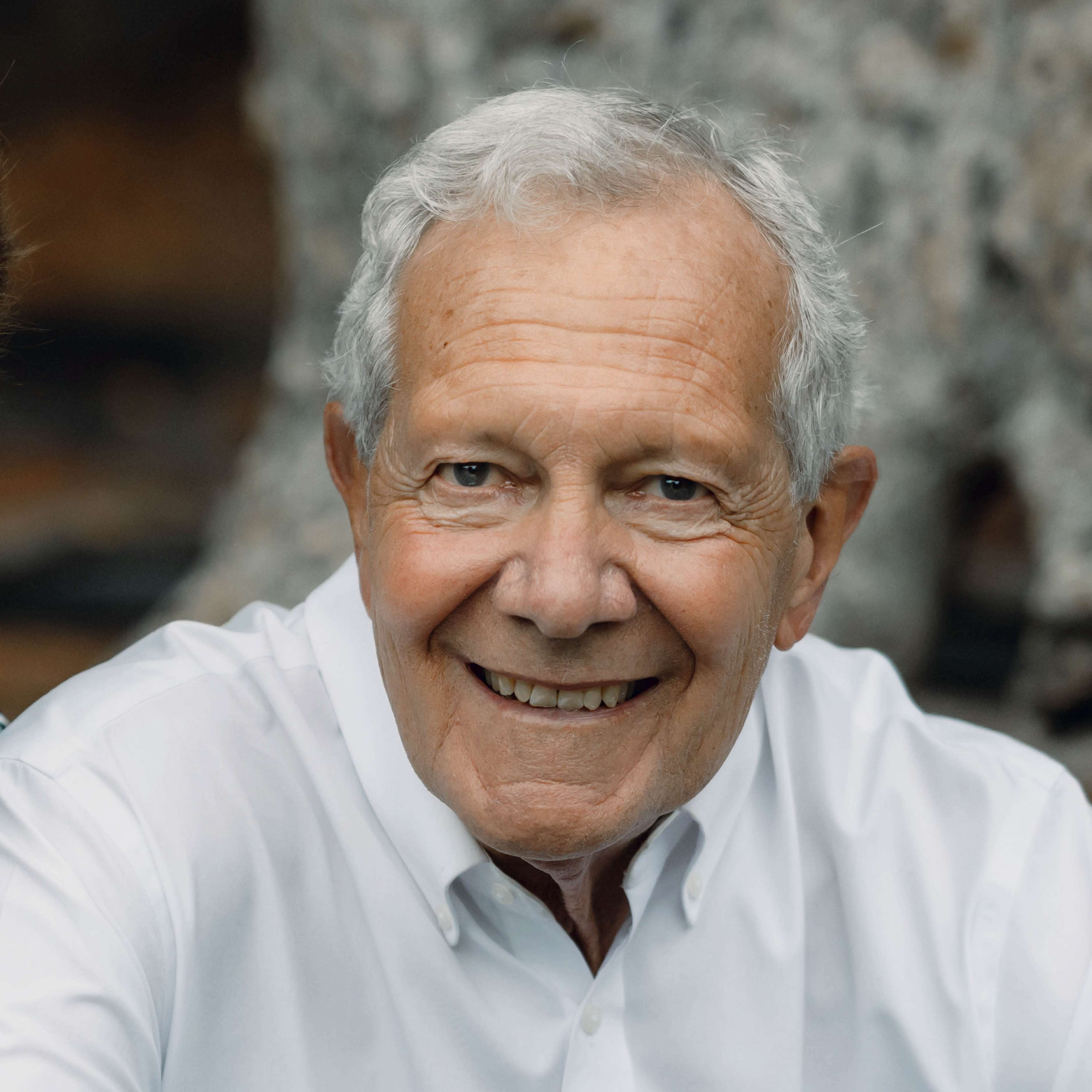Reflecting on Groundbreaking Lactate Shuttle Research
The Cannon Award winner shares his perspectives on his groundbreaking work.
 When George A. Brooks, PhD, FAPS, received a call from APS recently, there were two pleasant surprises. First, he learned he was being honored as the recipient of the APS Physiology in Perspective Walter B. Cannon Award Lectureship, APS’ highest honor.
When George A. Brooks, PhD, FAPS, received a call from APS recently, there were two pleasant surprises. First, he learned he was being honored as the recipient of the APS Physiology in Perspective Walter B. Cannon Award Lectureship, APS’ highest honor.
The second surprise was more serendipitous: The person delivering the news was Timothy Musch, PhD, FAPS, who is not only the current APS president but was a student in Brooks’ 1971 exercise physiology course.
It was a full-circle moment for Brooks—now a professor in the Department of Integrative Biology at the University of California, Berkeley—who has spent his academic career conducting research that would eventually “turn the whole field on its ear,” he says.
Brooks came to physiology as a good, but not spectacular, college runner interested in learning more about how the body worked. “I tried very hard, and I guess I was OK, but I wasn’t near as well as I wanted to be,” he says of his athletic prospects. Instead, he turned his focus onto the science behind running and exercise.
His research quickly landed on lactate, something even the casual runner often hears about as a source of soreness and muscle fatigue. Brooks studied the molecule in rats and humans, and his discoveries soon began to cut against the traditional understanding of lactate, which had long been referred to as “lactic acid” and was generally seen as a waste product in the body. But Brooks’ research indicated something different, a theory he would term “lactate shuttling” that saw the substance as a fuel crucial to many organs.
He also learned that lactate shuttling was occurring not just during exercise but during rest periods too. And he realized that the shuttles were traveling farther afield than previously imagined: from cell to cell, but also between organs in the body.
Other work by Brooks has focused on carbohydrate carbon flow, which occurs when humans eat carbs or especially when they exercise. He has studied how the mitochondrial network—a muscular system he calls the “energy highway”—allows that carbon to flow through the body.
Those discoveries continue to have big implications. Brooks collaborated with a neurosurgery team at UCLA to see how lactate shuttling could be used to aid recovery of traumatic brain injuries. Scientists are also investigating the potential use of lactate as resuscitation during heart failure. And early evidence suggests exercise may have a role in preventing or minimizing age-related dementia, which ties back to Brooks’ research. “It might be that lactate is the fuel, but it’s also a signaling molecule,” he says.
Brooks will present his Physiology in Perspective lecture at the 2025 American Physiology Summit. He plans to share a history of his research, tracing the course of discovery of the lactate shuttle and mitochondrial biogenesis.
Reflecting on his career and the Cannon Award, Brooks is thankful for his many collaborators, which include students, colleagues, mentors and administrators. “I need to especially acknowledge all the people that helped me along the way,” he says. “Nobody does anything [alone] anymore—it’s not like Einstein’s thought experiments.”
This article was originally published in the January 2025 issue of The Physiologist Magazine. Copyright © 2025 by the American Physiological Society. Send questions or comments to tphysmag@physiology.org.
The Physiologist Magazine
Read the Latest Issue
Don’t miss out on the latest topics in science and research.
Contact Us
For questions, comments or to share your story ideas, email us or call 301.634.7314.


